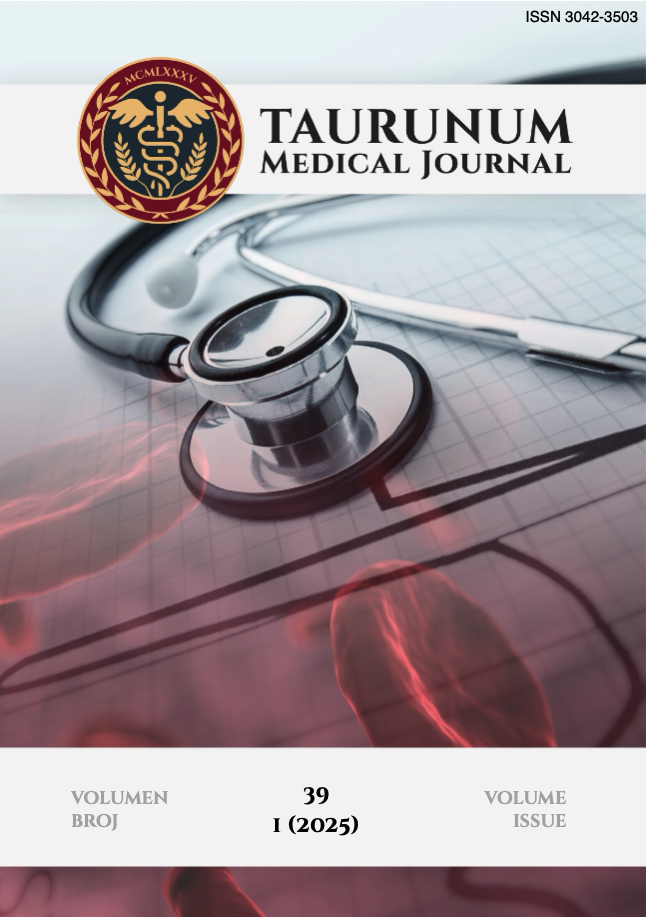
More articles from Volume 30, Issue 3, 2014
Korelacija između metaboličkog sindroma i simptoma donjih partija urotrakta
Distribution of dermatological diseases in children examined in the Office of Dermatology KBC Zemuna three-year retrospective study
ORIGINALNI RADOVI CASE REPORTS Mouth opening scope in the patients with systemic sclerosis -Simultaneously application of a hyperbaric oxygenation and physical therapy
Od diferencijalno dijagnostičke analize i terapijskog pristupa cervikalne mijelopatije do uspešnog hirurškog lečenja
Snimanje dojki: multidisciplinarni pristup -prikaz slučaja
Article views
Distribution of dermatological diseases in children examined in the Office of Dermatology KBC Zemuna three-year retrospective study
Published: 01.12.2013.
Biochemistry
Volume 30, Issue 3 (2014)
pp. 1182-1185;
Abstract
The three year study has objective to demonstrate the number of pediatric patients up to 15 years of age examined and treated in Department of dermatovenereology, and the distribution of the most common skin diseases of the childhood. During 2011.2012. and 2013. there has been 10210 pediatric patients examined , with their parents or guardians giving anamnestic data. Than skin, hair and nails has been inspected with bacteriological or mycological swabs examination. The total count of patients in three years has been 85371, out of it 10210 pediatric patients examined by dermatovenereologist (11,96%). The most common diseases found were verrucae vulgares (53%), dermatitis atopica (15%), acne (8%), mollusca contagiosa (8%), dermatitis allergica (7%), scabies (4%). Distribution of dermatopediatric diseases in our region corresponds to findings in europian countries, except higher count of scabies patients. Pediatric dermatology is very sensitive field of dermatology, that requires multidisciplinary tretament with pediatricians, allergologists, pulmologists, otorhynolaryngologists, psychologists.
Keywords
References
Citation
Copyright
This is an open access article distributed under the Creative Commons Attribution License which permits unrestricted use, distribution, and reproduction in any medium, provided the original work is properly cited.
Article metrics
The statements, opinions and data contained in the journal are solely those of the individual authors and contributors and not of the publisher and the editor(s). We stay neutral with regard to jurisdictional claims in published maps and institutional affiliations.




